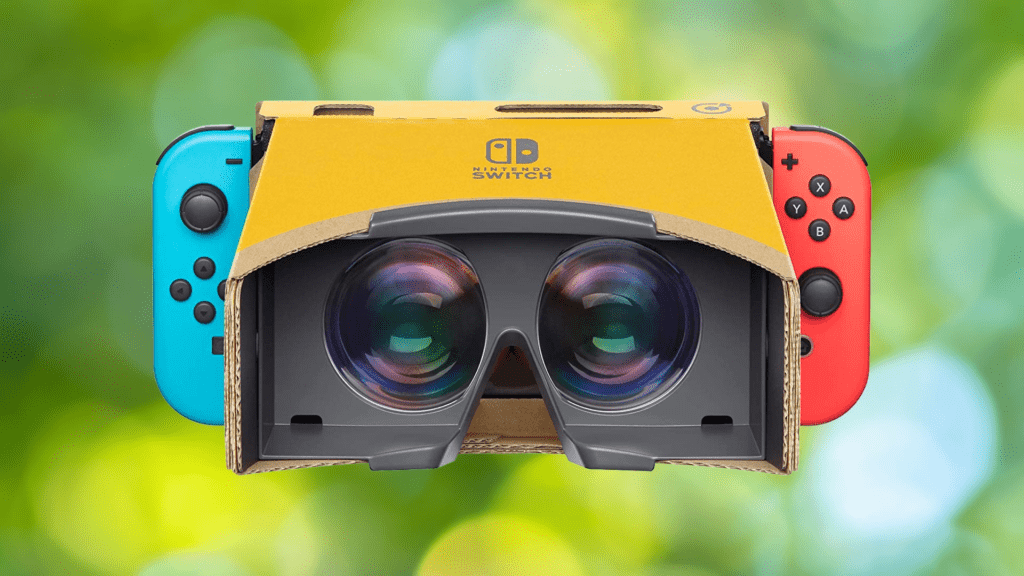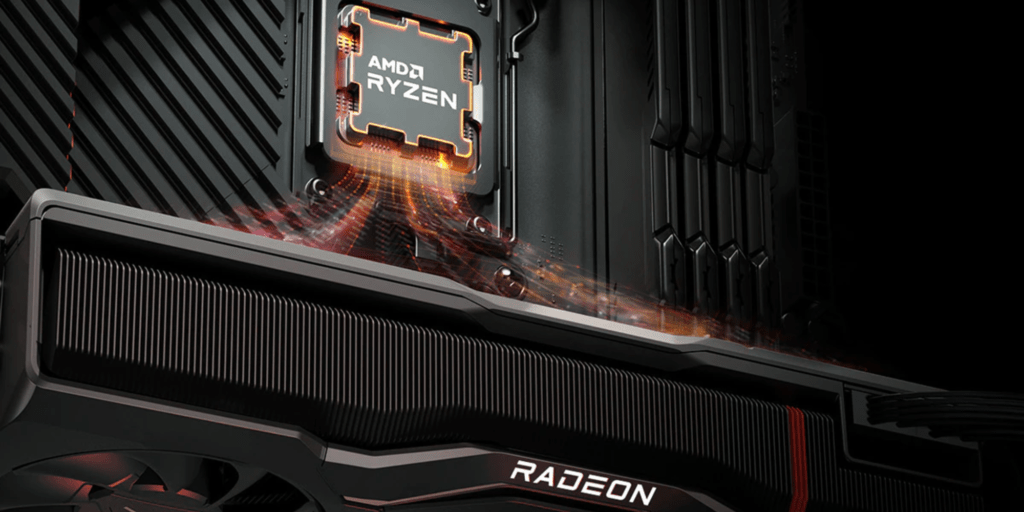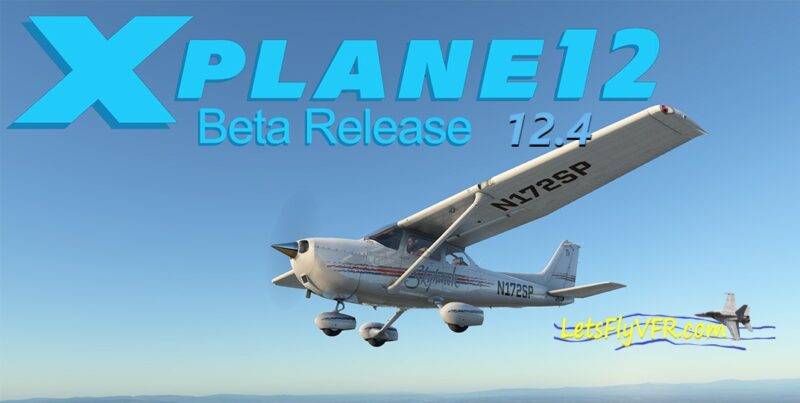How VR Resolution Compares to Monitors: Building the Perfect VR Setup in 2024
Virtual Reality (VR) technology has become a game-changer for gaming and simulations, offering immersive experiences beyond what traditional monitors can achieve. However, understanding how VR resolution compares to standard monitors and optimizing hardware for smooth performance can be complex.
This guide dives into these topics, covering how VR resolution works, the GPU and CPU requirements, and hardware recommendations for entry-level, budget-conscious, and enthusiast gamers.
Understanding VR Resolution Requirements

Why VR Resolution is More Demanding
Unlike a single monitor, VR headsets render separate images for each eye, creating a stereoscopic 3D effect. This effectively doubles the rendering workload compared to a flat monitor of the same resolution. Additionally, VR headsets require high refresh rates (usually 90Hz or higher) to prevent motion sickness, further increasing GPU demands.
For example, a VR headset like the HP Reverb G2 has a per-eye resolution of 2160×2160. This adds up to a total rendered resolution of 4320×2160 (just shy of 4K). When combined with a 90Hz refresh rate, this places significant strain on GPUs.
Is 1440p or 4K VR Resolution Equivalent to Monitors?
Comparing Pixel Counts

For a single monitor:
- 1440p resolution is 2560×1440, equating to 3.7 million pixels.
- 4K resolution is 3840×2160, equating to 8.3 million pixels.
For VR:
- A 1440p VR headset with per-eye resolution (e.g., 1440×1440) results in about 4.1 million pixels due to the combined rendering for two eyes.
- A 4K VR headset like the Pimax 8K can have a combined resolution of up to 7680×2160, equating to 16.6 million pixels—roughly twice that of a 4K monitor.
- Latest CPU’s Available Now – Amazon.com
- Get a NEW GPU Best Performance – AMAZON.com
- Upgrade RAM Here today – AMAZON.com
- Prebuilt PC Options – AMAZON.com
GPU Processing Power Demands
Calculating the Load

The GPU must render images for two perspectives, at high resolutions and refresh rates. A rough estimate of GPU workload:
[ \text{Pixel Count} \times \text{Refresh Rate} = \text{Total Pixels/Second} ]
Example for a 4K VR headset at 90Hz:
[ 8,294,400 \, \text{pixels} \times 90 \, \text{Hz} = 746,496,000 \, \text{pixels/second} ]
Compared to a single 4K monitor at 60Hz:
[ 8,294,400 \, \text{pixels} \times 60 \, \text{Hz} = 497,664,000 \, \text{pixels/second} ]
This demonstrates why VR gaming requires a significantly more powerful GPU than traditional setups.
CPU vs. GPU: Which Matters More for VR?

The GPU: The Heavy Lifter
- The GPU handles rendering and ensures smooth frame rates for high-resolution stereoscopic images.
- Modern VR games leverage techniques like foveated rendering, reducing GPU workload by rendering peripheral areas in lower detail.
The CPU: Supporting Role
- The CPU processes game physics, AI, and scene preparation.
- For large-scale simulations or open-world VR games, a fast CPU prevents bottlenecks.
In summary: GPU performance takes precedence, but the CPU must still meet minimum thresholds to avoid dragging down overall performance.
Entry-Level VR Hardware Recommendations (2024)
For beginners entering VR gaming, balancing cost and performance is crucial. Here are ideal entry-level components:

CPUs
- Intel Core i5-13400: 10 cores, 16 threads; great for gaming and VR.
- AMD Ryzen 5 7600: 6 cores, 12 threads; optimized for efficiency and affordability.

GPUs
- NVIDIA RTX 4060: Excellent for 1440p VR gaming.
- AMD Radeon RX 7600: Budget-friendly with solid VR performance.
Recommended VR Headsets
- Meta Quest 3: Affordable and wireless with PC compatibility.
- PICO 4: Lightweight and cost-effective for beginners.
Cost Estimate
- PC Build: $1,200–$1,500 (including headset).
Price-Conscious Gamers: Balancing Performance and Cost
For gamers seeking better visuals and performance without breaking the bank:

CPUs
- Intel Core i5-14600: 14 cores, strong mid-range choice.
- AMD Ryzen 5 7700X: 8 cores, better single-thread performance.
GPUs
- NVIDIA RTX 4070: Handles 4K VR with medium settings.
- AMD Radeon RX 7700 XT: Offers strong price-to-performance ratio.
VR Headsets

- HP Reverb G2: High resolution and good value.
- Valve Index: Excellent tracking and refresh rates.
Cost Estimate
- PC Build: $1,800–$2,200 (including headset).
Enthusiast VR Hardware Options
For high-end VR experiences, enthusiasts prioritize cutting-edge performance:

CPUs
- Intel Core i9-14900K: 24 cores for multitasking and top-tier VR performance.
- AMD Ryzen 9 7950X: Unmatched multithreaded performance.
GPUs
- NVIDIA RTX 4090: The king of GPUs for VR.
- AMD Radeon RX 7900 XTX: High-end performance at a slightly lower cost.
VR Headsets
- Varjo Aero: Industry-leading optics and resolution.
- Pimax 8K: Extreme field of view and resolution for power users.
Cost Estimate
- PC Build: $4,000+ (including headset).
Benchmarks: VR vs. Monitor Performance

Test Setup
Hardware: Intel Core i7-13700K, NVIDIA RTX 4080, and 32GB RAM.
- Game: Microsoft Flight Simulator 2024.
- Resolutions: 4K monitor vs. HP Reverb G2 (2160×2160 per eye).
Results
- 4K Monitor: Average 70 FPS on Ultra settings.
- VR (HP Reverb G2): Average 45 FPS on similar settings, highlighting the added GPU load for VR.
- Adjustments for VR: Lowering shadows and volumetric clouds increased FPS to 65, maintaining visual fidelity.
Can Bottleneck Calculators Help with VR Builds?

The Problem with Generic Calculators
Most PC bottleneck calculators focus on traditional gaming, ignoring VR-specific factors like dual-image rendering and refresh rates.
Manual Performance Estimation
- Check game-specific VR benchmarks for your hardware.
- Use tools like OpenVR Benchmark for real-world VR performance metrics.
- Leverage community feedback from VR enthusiasts.
- Joystick / HOTAS – AMAZON.com
- Rudder Pedals – AMAZON.com
- Throttle Quadrant – AMAZON.com
- Gaming Chair – AMAZON.com
- VR Headset – AMAZON.com
Conclusion
VR resolution demands far surpass those of traditional monitors, requiring careful hardware selection to achieve a smooth, immersive experience. While the GPU is the primary driver of VR performance, the CPU also plays a crucial supporting role. Whether you’re a beginner or an enthusiast, understanding your hardware’s capabilities is key to unlocking the best VR experience in 2024.
With thoughtful planning and the right balance of components, VR gaming can provide breathtaking visuals and unparalleled immersion. Ready to dive in? The virtual skies await!
Have any thoughts or opinions? Let me know below in the comments! Great to hear from you.
Author

Brendon McAliece (Aka Gunnie) is a military veteran with 23 years working on Jet Fighters, their weapons systems and ejection seat/module systems as well as munitions and R&D. Involved with flight simulation since the 1980s, he has flown all the major flight simulators over the years.
He is an Australian expat who has lived in Malaysia, UK, Saudi Arabia and more recently Thailand. He is a multi-lingual blogger who loves to share his life experiences here on LetsFlyVFR.com and DreamingGuitar.com, with his lifestyle and Travel experiences Blog plus his Dreaming Coffee website.
Learn More @
DreamingGuitar.com – DreamingCoffee.com – LetsFlyVFR.com
( HOME – BLOG – SHOP – ABOUT )
As an Amazon affiliate I may benefit from qualifying sales.









